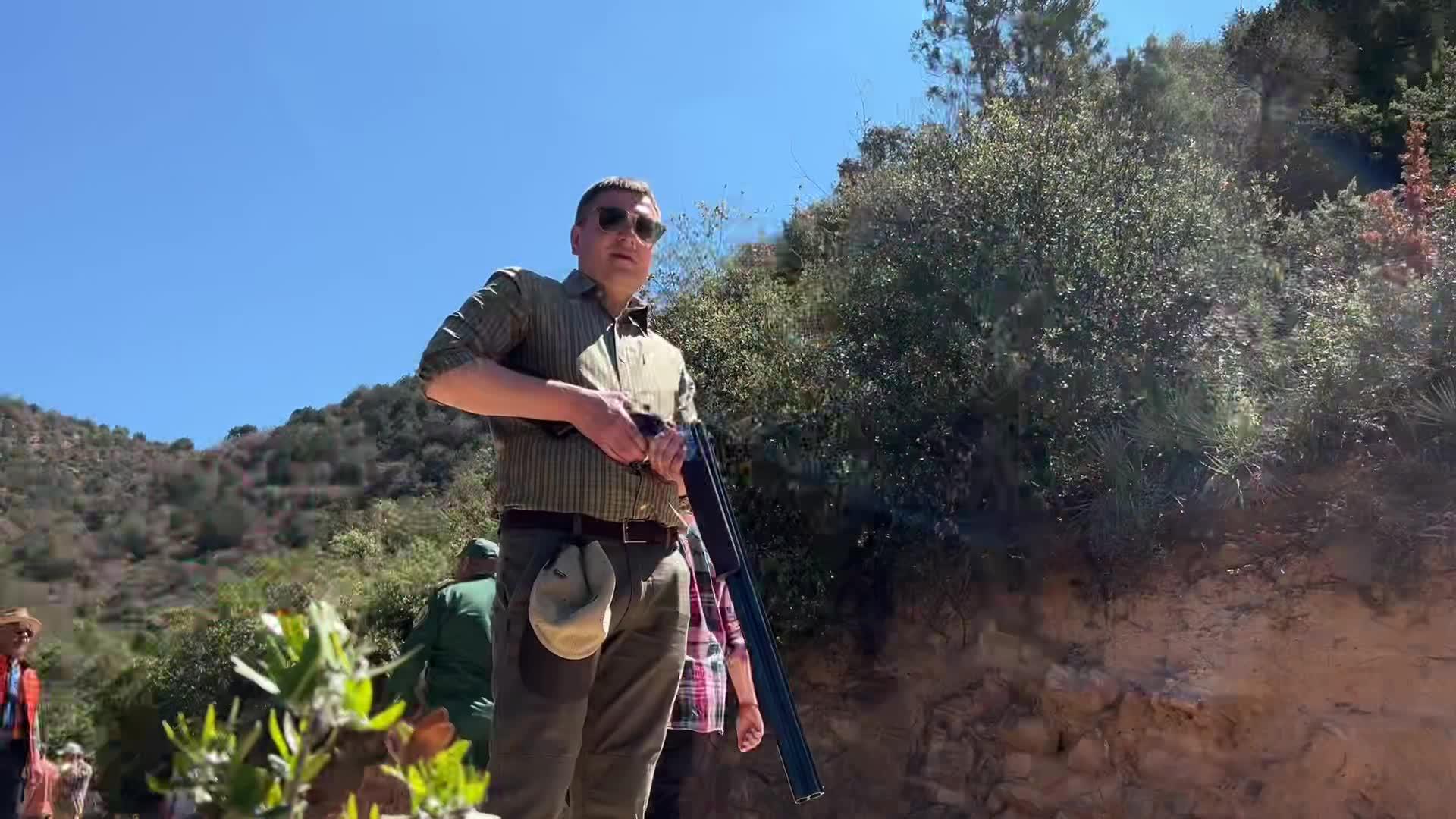
CHASA is a South Australian organization that promotes sustainable hunting alongside wildlife conservation. It works to balance hunting activities with ecosystem protection, advocating for ethical hun
Post: 7 May 14:44

Post: 7 May 14:44

Post: 25 September 09:46

Post: 26 August 12:36

Post: 22 August 13:29

Post: 21 August 16:51

Post: 21 August 12:46

Post: 5 December 09:10

Post: 4 December 09:06

Post: 28 November 09:07

Post: 21 November 09:10

Post: 13 November 09:09

Post: 4 September 09:26

Post: 20 September 11:05

Post: 27 August 14:58

Post: 15 May 15:44

Post: 27 September 15:39

Post: 12 September 18:47

Post: 27 June 11:27

Post: 11 September 13:27

Post: 9 June 10:34

Post: 13 May 12:10

Post: 26 December 09:29

Post: 2 September 07:39

Post: 23 May 13:24

Post: 25 August 12:25

Post: 30 July 10:38

Post: 10 May 18:20

Post: 30 July 10:39

Post: 25 July 19:53

Post: 25 July 11:04

Post: 24 July 20:47

Post: 16 July 07:15

Post: 29 November 18:15

Post: 15 June 12:57

Post: 8 August 21:22

Post: 1 August 11:38

Post: 31 July 18:56

Post: 29 July 19:06

Post: 28 July 10:18

Post: 25 July 11:02

Post: 24 July 20:57

Post: 21 July 19:02

Post: 19 July 10:29

Post: 18 July 11:15

Post: 1 July 07:40

Post: 21 May 15:12

Post: 12 March 23:46

Post: 1 March 01:07

Post: 23 December 22:39

Post: 31 October 12:08